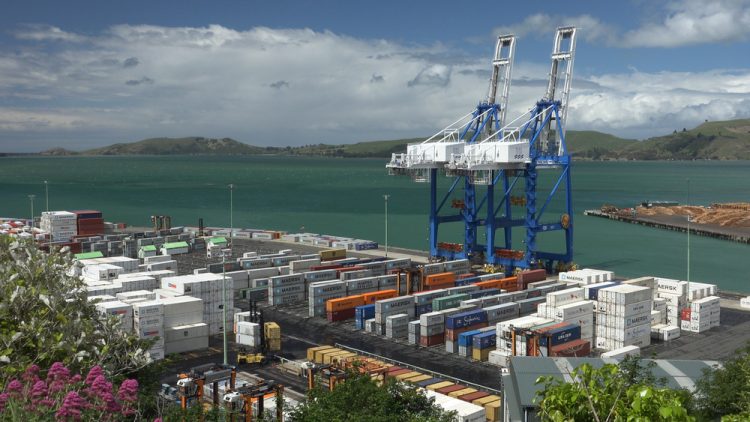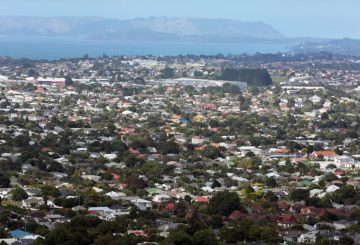ニュージーランドドルの下落は、経済に利益よりもコストをもたらす可能性があります。
ニュージーランドドルは、対米ドルで過去3ヶ月間に8%以上下落し、15ヶ月ぶりの安値となる65.3セント付近で推移しています。
準備銀行が推奨する通貨指標である貿易加重指数(主要貿易相手国17カ国の通貨バスケット)は、18カ月ぶりの低水準となりました。
このため、輸出企業の収益は向上しますが、企業や消費者の輸入品価格を押し上げ、債務返済コストを増加させることになります。
BNZのシニアマーケットストラテジスト、Jason Wong氏は、準備銀行による金利の上昇は通貨高を支えるだろうが、ニュージーランドドルは世界の大きな流れの傍観者であり、強い乳製品価格も同様であると述べました。
「何が起こっているかというと、米国FRBが金利を上げるという予想がニュージーランドドルに対してより大きな影響力を持っており、ニュージーランド準備銀行が何をしているかは、実はニュージーランドドルの動きとはかなり無関係であったということです。」
米連邦準備制度理事会(FRB)や他の中央銀行も同じことをする予定であるため、金利の引き上げでさえも、ニュージーランドドルを上昇させることはないでしょう。
Wong氏は、ニュージーランドドルに大きな動きが出るには、世界経済の見通しがより明るくなる必要があると述べました。
「ニュージーランドドルが輝いたのは、世界経済が成長し、商品価格が上昇し、わが国の準備銀行が先行して利上げを行った昨年のことです。」と述べています。
「奇跡は起こりうるし、ニュージーランドドルは持ち直すかもしれませんが、本当にカギとなるのは米ドルの地合いが反転することでしょう。」
インフレは経済にとってマイナスである一方、ニュージーランドドル安は輸出業者にとってプラスです。
「輸出企業は今、大儲けしているに違いありません。乳製品や食肉、キウイフルーツなどの商品価格は、世界的に見ても非常に高い水準にあります。
「この組み合わせは、輸出収入にとってかなり有利です。」
しかし、通貨安は輸入業者にとってプラスにはならず、消費者物価の上昇につながると述べました。
「つまり、正味のところ、ニュージーランドドル安はニュージーランド経済にとってあまり良い兆候ではないのです。」






























































